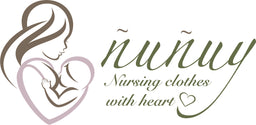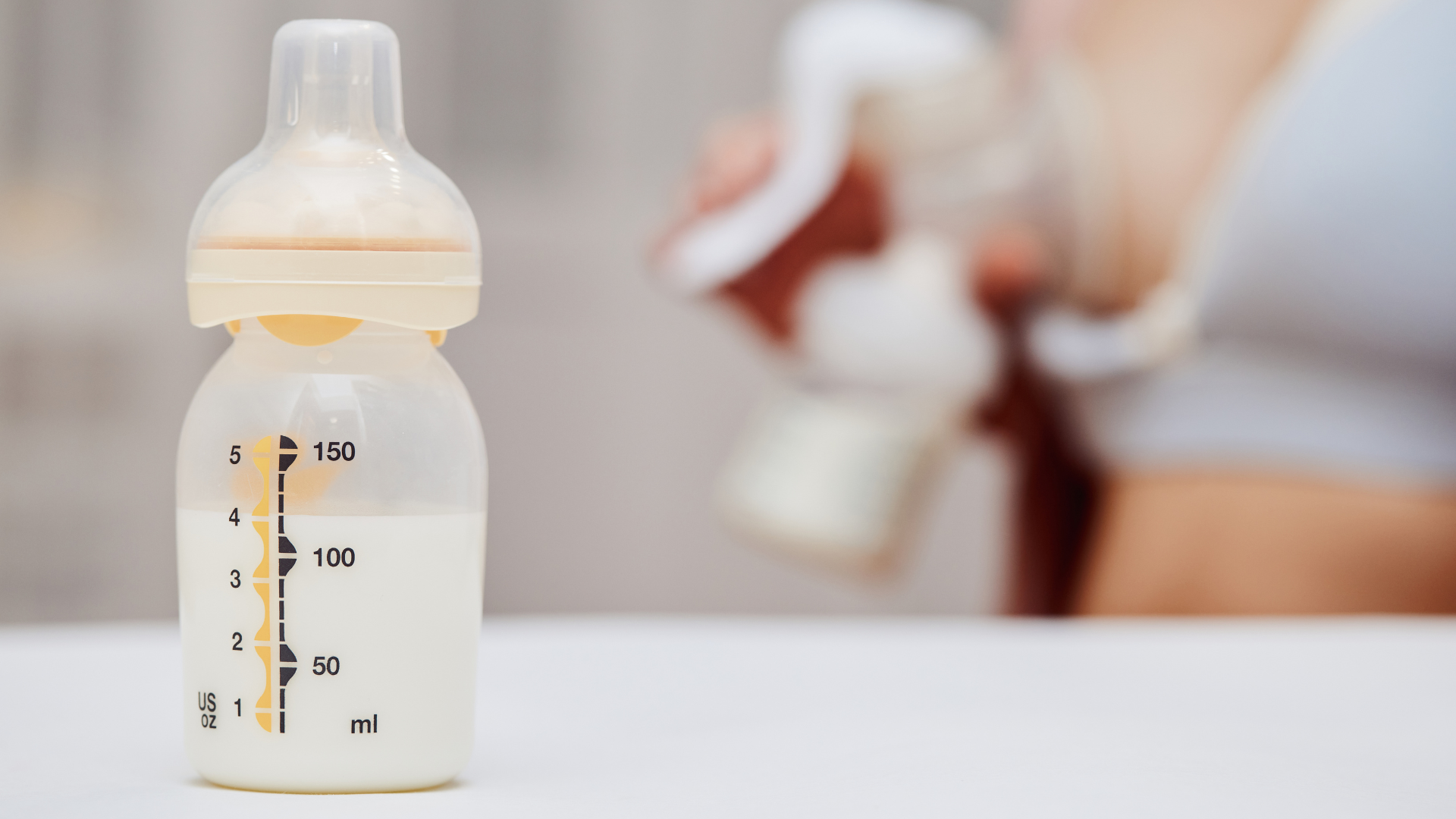Most nursing mamas will find themselves needing (or wanting) to pump at some point during their breastfeeding journey. Finding the right breast pump and supplies will make all of the difference in your comfort level and overall experience. When my daughter and I started our breastfeeding relationship, I ended up exclusively pumping for 2 months. Read more about my experience in this post. I learned a lot and am here to share what I know.
Tip #1: Find the right size flanges for your pump
When I first started pumping, I had no idea what I was doing. Even though I pumped in the hospital after my daughter’s birth, they didn’t give me much guidance. When I started pumping at home, I noticed that most of my areola was getting sucked into the flange. This shouldn’t be happening. After allowing my breasts to literally take a beating, I started to dread pumping.
I was trying to establish a milk supply, so taking a break was not an option. After looking online, I found info-graphics about finding the right fit. But, what I found online did not ring true for me. All of the information (and even likely your lactation consultant) will say that your nipple should not touch the tunnel of the flange. The problem with this is you will pick a flange that’s too big. This allows your nipples to swell in to fill the available space. When I went to a smaller size, it made a huge difference in my comfort and my output!
When choosing a flange, you need to make sure your nipple has some space around it when you put them on. If it is getting smashed in there, it’s definitely too small. The best product I used was Pumpin Pal flanges. They have a set made with silicone and they angle down. The angle allows you to sit in a more relaxed position while your milk continues to empty into the bottles. I also found applying coconut oil on my nipples helped with comfort.
Tip #2: Distraction While Pumping is your friend
Your body needs to produce oxytocin to start the flow of milk – also called a letdown. Finding an activity to do while pumping can help distract you from focusing on how much milk is coming out. I used to put a baby blanket over my chest to keep my mind off of it and watch something funny, play a video of my baby (if I was away from home), or listen to music while browsing my phone. I noticed once I started doing this, that I pumped more milk. A watched pot won’t boil. If you are obsessing over how much milk is coming out, you likely will not get as much milk. I also would like to mention that your pump output is not necessarily a reflection of your milk supply. Please always keep in mind – breast pumps are not as effective at removing milk as a nursing baby.
Tip #3: Use hands-on pumping
Hands-on pumping involves doing breast massage and compression while hooked up to the pump. They belong to you, so don’t be afraid to touch them! You can do a sweeping motion from the top of your breast towards your nipple. Compression also works well. Put your hands in a “C” shape around your breasts with your thumbs on top. Starting from the top, lightly squeeze and move your hands toward your nipples. Once you reach the flange, let go and start again. You can also use these methods to get more milk out while your baby is nursing.
Using a hands-free pumping bra is an easy way to accomplish this. Hands-on pumping also helps to drain your milk faster. This is super helpful if you are pumping at work or trying to get a quick session in while the baby is napping.
Tip #4: Take Time to Adjust the Settings on your Breast Pump
Most pumps have a separate letdown and expression settings. The letdown setting is quicker and designed to start the flow of milk. The expression setting is slower and will drain your milk. Once my milk flow would slow down, I would put it back on the letdown phase until the milk started to pick up again. I would then put it back on the expression setting. Most women will get several letdowns during a pump session. It’s a great idea to experiment with your pump to see what works best for your body.
A quick note about the suction setting – more suction does not always equal more milk. In fact, pain while pumping can prohibit the flow of milk. I recommend bumping up the suction until it starts to feel uncomfortable and putting it down one notch.
All pumps are not created equal. You will get more milk if you use a double electric breast pump. There are open and closed system pumps. A breast pump with a milk barrier is known as a closed system because it’s ‘closed off’ from the milk. The barrier prevents milk from overflowing and getting into the pump mechanism.
It took me trying three different pumps to find the right one. I ended up settling on the Spectra. Not only does it have a closed system, but its motor is as close as you can get to a hospital grade breast pump. It’s gentle and I also love that it has a built-in nightlight!
Thanks to the Affordable Care Act, insurance companies must cover the cost of a new breast pump for each pregnancy you have. There are likely some restrictions and you will need to choose from a curated list. Check with your insurance company for more details.
Tip #5: Use the right Pumping Accessories
The right accessories will also greatly improve your pumping experience. I am not being paid to recommend any of these products. They are simply the things I couldn’t do without while I was pumping.
– A hands-free pumping bra!
– Pumpin Pal flanges – these were by far the best flanges I ever discovered! Their silicone set is a game changer.
– Pump lubricant/coconut oil. I would put a bit of coconut oil on my nipples before and after pumping.
– Extra parts for your pump.
Do you have any tips for mamas that pump? Leave a comment below to share with us!




